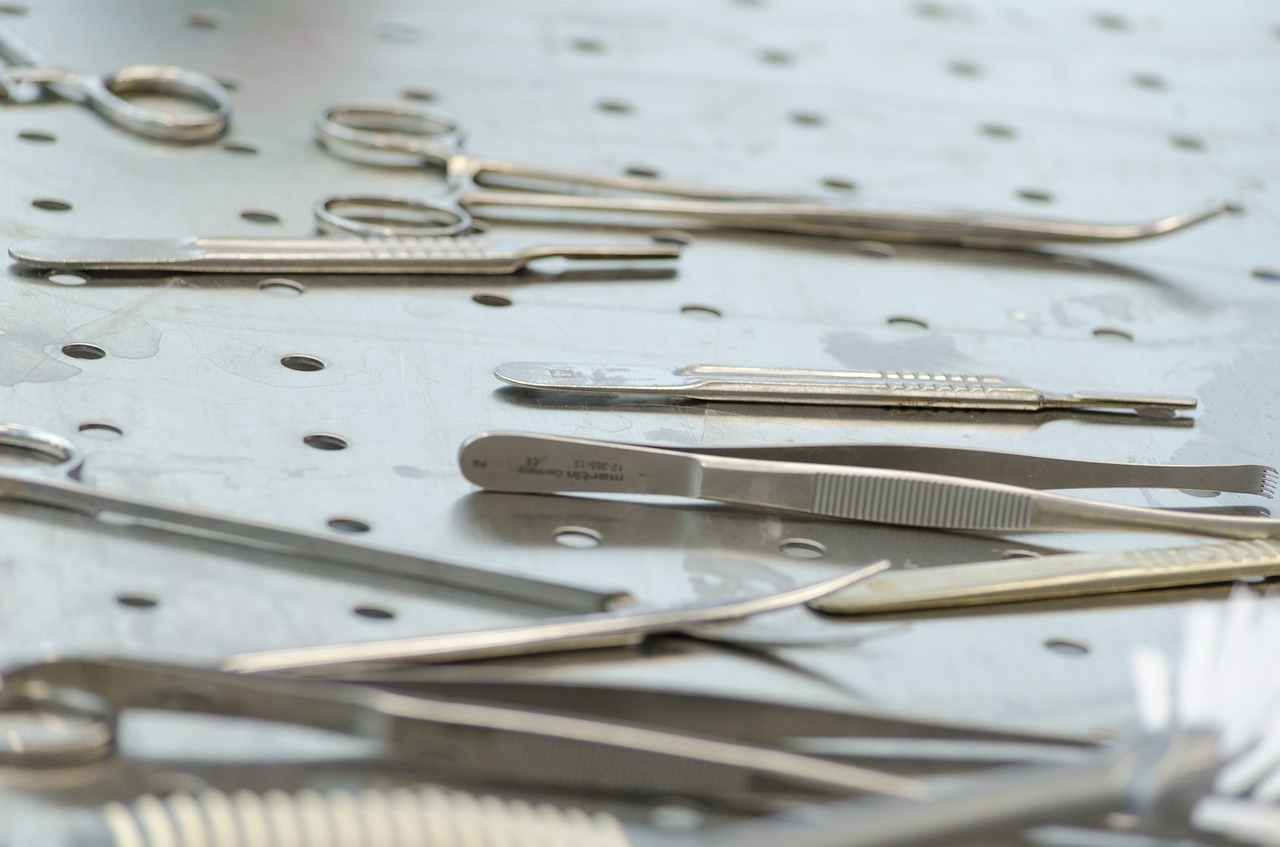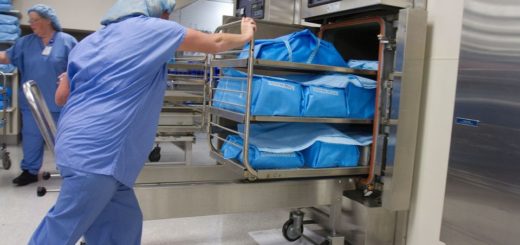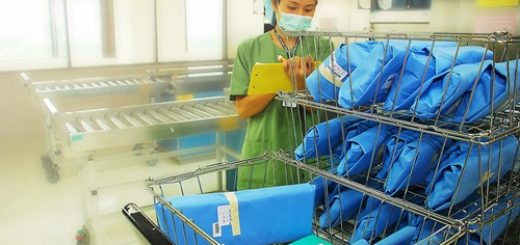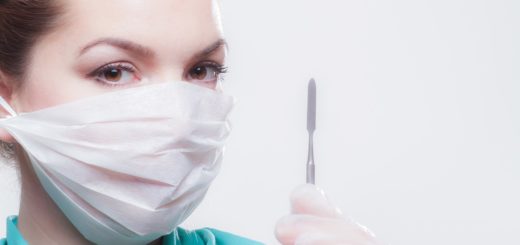Sterile Processing: Equipment and Instruments
The CSSD is that department of the hospital that ensures that all equipment from all departments are free from any contamination.
There are two distinct steps that items undergo before they can be considered sterile:
- soaking (using the appropriate type of detergent)
- washing/sterilizing
The former is used only when there are items filled with debris or are stained in such a way that wiping will not do any good.
The second step, on the other hand, is necessary in the maintenance of sterile medical equipment. It is commonly done by a surgical processing or sterile processing technician.

How do hospitals sterilize surgical tools?
To accomplish this, the department needs different types of washers and sterile processing equipment.
Here are some of the most common types of equipment used to ensure sterile medical equipment.
Decontaminators
This usually comes in the form of a washer/decontaminator combo, and is used to clean items that are heat-tolerant. After multiple wash and rinse cycles, there is a steaming process that is done appropriate to the items in the load.
The heat in the steam acts to kill the bacteria on the surface — however, items that have passed this stage usually undergo another process, since they cannot yet be completely considered sterile.
Ultrasonic washers
Unlike the conventional washers, this one is meant to remove fine stains and soils from the medical instruments. Afterwards, the surgical processing technician will move the item to the sterilizing stage.
This sterile processing equipment works by converting sound waves into mechanical vibrations. This causes microscopic bubbles on the items’ surface area, which them produce small (yet proportionally powerful) vacuums when burst.
Tunnel washers
These items look like miniature car wash systems. They are mainly used to allow hand-off processing.
This does not mean, however, that the requisite medical equipment sterilization training is taken for granted — supervision is still needed in order to make sure the tunnel washers work according to the specs.
Within these tunnels, the pre-rinse, wash, ultrasonic cleaning, rinsing, and drying happen with minimal to no human intervention.
Cart washers
Aside from equipment, the CSSD is also in charge of the sterilization of carts and other containers. Cart washers are specialized to do this.
Medical equipment sterilization training comes in handy when dealing with these washers — the untrained may suffer injuries, since items coming out of cart washers are very hot.
Aside from these, there is a wide variety of other CSSD sterile processing equipment such as steam autoclaves, high-efficiency dryers, and more, in a variety of shapes and sizes.
Separate sterilizer machines may also be employed, which use anywhere from steam, to chemicals (ethylene oxide, formaldehyde gas, hydrogen peroxide plasma, etc. ), to radiation (microwaves, ionization, etc.) to ensure that bacteria are eliminated.
Among all living organisms, bacterial spores are some of the hardest since they are able to withstand different destructive agents.
While sterilization does not ensure 100% destruction of bacteria, it does ensure that levels are low enough to not cause any harm to humans.
There are also specials storage units and procedures to ensure the same end, allowing sterile equipment to remain usable even while they are not yet needed.


